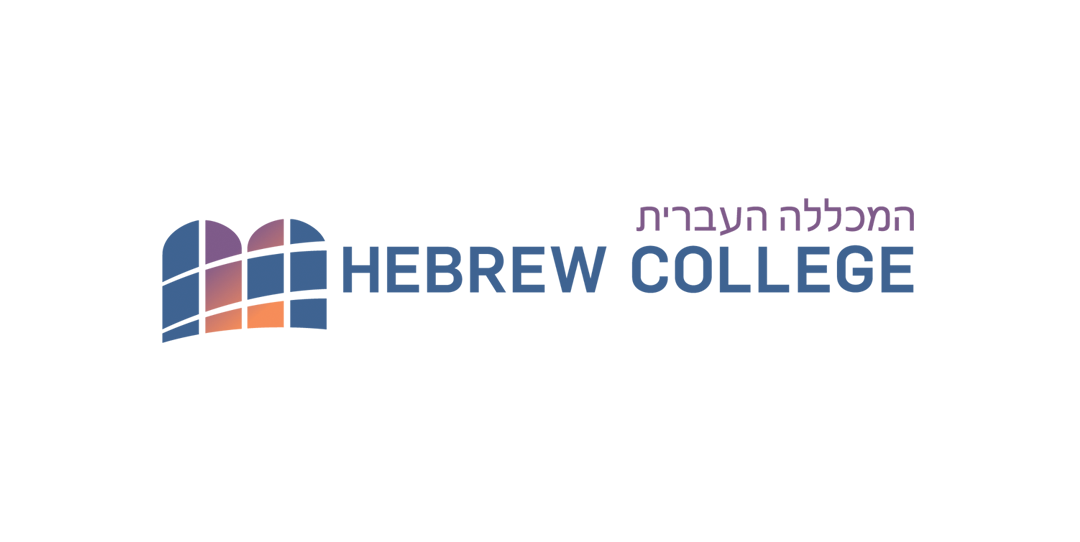Community Blog Counting the Omer: Cultivating Gratitude & Responsibility

 When I first heard about Sefirat Ha’Omer (Counting of the Omer), I was intrigued by the notion that the seven weeks, or 49 days, between the holidays of Pesach and Shavuot could be a time for personal and communal transformation. The more I learned about these holidays, the more sense it made to me to envision this period as a journey. Just as the ancient Israelites traveled from Egypt to Mount Sinai, so too could we walk a path from liberation to covenant.
When I first heard about Sefirat Ha’Omer (Counting of the Omer), I was intrigued by the notion that the seven weeks, or 49 days, between the holidays of Pesach and Shavuot could be a time for personal and communal transformation. The more I learned about these holidays, the more sense it made to me to envision this period as a journey. Just as the ancient Israelites traveled from Egypt to Mount Sinai, so too could we walk a path from liberation to covenant.
The evolution of the ritual of Counting the Omer is itself a fascinating story. Originally a biblical rite used to mark the unfolding of the spring agricultural season, it included a sacrifice with an omer-measure of barley. According to Leviticus 23:15-16, this also involved the verbal counting of each day of this extended harvest period. With the destruction of the Second Temple in Jerusalem (70 CE) and the end of the sacrificial system, the Omer increasingly came to be viewed as a time for spiritual and moral transformation. For example, in Leviticus Rabbah (Emor) it is explained that this ritual actually emerged when the Israelites left ancient Egypt and Moses told them that 49 days later they would receive the Torah. So excited by the opportunity to enter into this new stage of religious maturity, the people enthusiastically counted each day until they reached the foot of Mount Sinai.
In the Medieval period, Jewish mystics developed an intricate counting system, aligning each day and week of the Omer with different spiritual attributes—love, rigor, harmony, etc. As a result, each of the 49 days is viewed as an opportunity to meditate on a specific pair of qualities through which to refine ourselves on the journey back to Sinai. While I greatly appreciate the creativity of the Kabbalists, I often find this grid too abstract for me. And so, in an attempt to ground and refresh my engagement with this mitzvah, I turned back to the Torah to explore the two places in which the term omer appears prominently.
The verses typically cited as the basis for the mitzvah of the annual 49-day count are Leviticus 23:15-21. It is noteworthy that in this context the Torah also speaks of the need to provide “for the poor and for the stranger.” Furthermore, In Deuteronomy 24:19 the term omer is used explicitly to designate the amount to be left “for the stranger, for the fatherless, and for the widow.” Each day when we count the omer, our responsibility to help others is evoked. We are undertaking a spiritual journey, but it cannot be a journey solely for ourselves.
The word, omer, also appears repeatedly in Exodus 16, where God promises to sustain the Israelites in the wilderness by providing them with “bread from heaven.” In describing the procedure for gathering the manna, the term omer is used to indicate how much each person should take to meet his or her physical needs. The manna that sustains the Israelites for 40 years in the wilderness is the ultimate gift from God. As we count the omer, we remind ourselves of that with which we have been blessed with and that for which we can be grateful.
These references remind us of the relationship between the ritual and ethical aspects of our religious tradition. When marking the seasons of the year, we are to give thanks to God for the earth’s bounty; and when we reap this bounty, we must share it with others in need. This year, as I engage in the daily practice of Sefirat Ha’Omer, I am attempting to focus more deeply on the gifts in my life, and to carefully consider how I can share this bounty with others. During the 49-day journey from Pesach to Shavuot, from liberation to covenant, we have the opportunity to cultivate the virtue of gratitude and “pay it forward” through acts of justice and generosity.
Daniel Schaefer is second-year student at the Rabbinical School at Hebrew College.

